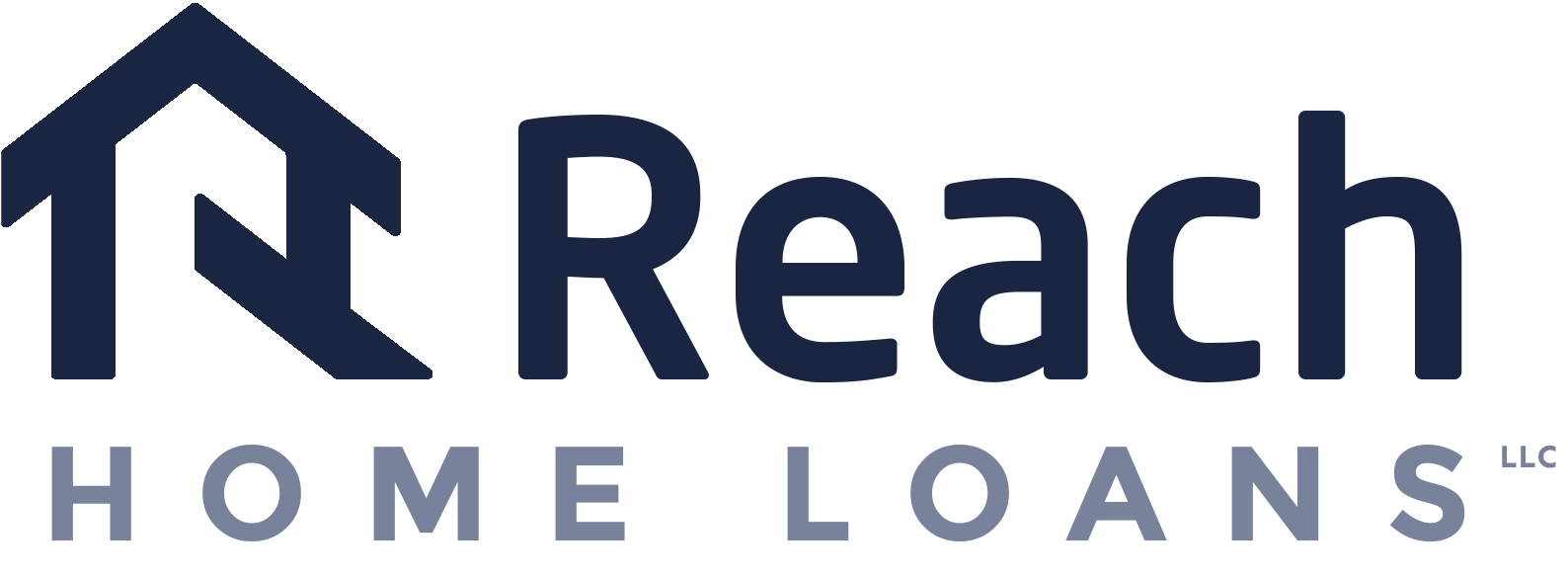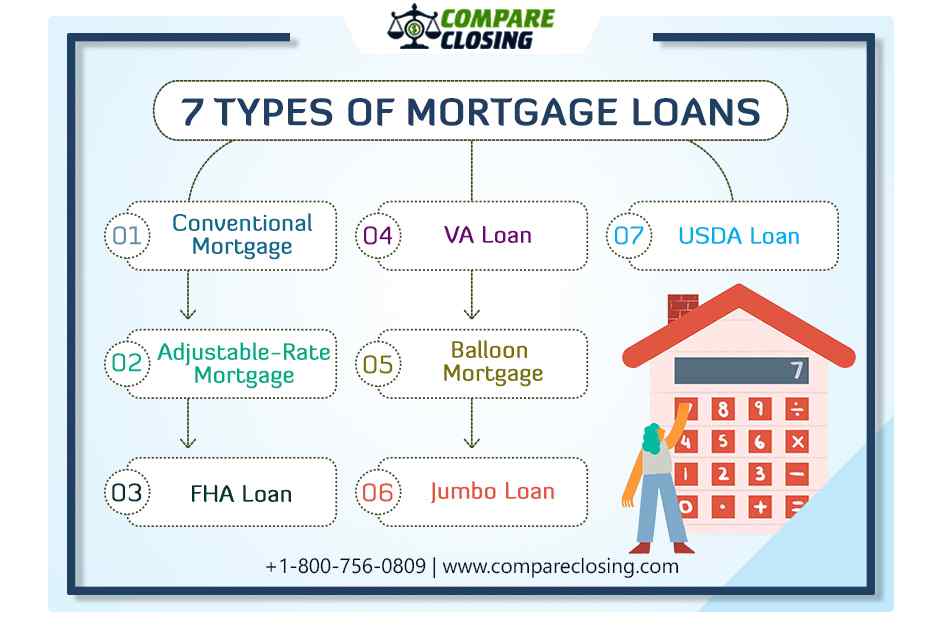Conventional Mortgage Loans: Your Guide to Typical Home Financing
Conventional Mortgage Loans: Your Guide to Typical Home Financing
Blog Article
The Necessary Aspects to Consider When Finding Between Fixed-Rate and Adjustable-Rate Mortgage Financings
When assessing home mortgage options, customers encounter a crucial choice in between fixed-rate and adjustable-rate lendings, each offering distinct advantages and prospective challenges. Trick factors to consider such as interest rate stability, predictability in month-to-month settlements, and the effects of possible rate changes can substantially influence lasting financial health. Recognizing the anticipated duration of homeownership and the overall cost of borrowing can form one's strategy. As these factors link with specific monetary scenarios and take the chance of resistance, the effects of this choice may not be as simple as they seem. What subtleties should be prioritized in this important decision-making process?
Interest Rate Stability
When choosing a home mortgage, comprehending interest rate security is essential for notified decision-making. Passion prices can significantly affect the general expense of a mortgage, and recognizing the nature of these prices is vital for customers.
On the other hand, variable-rate mortgages (ARMs) begin with reduced initial rates that might transform regularly based on market conditions. While this can cause reduced repayments at first, it likewise introduces uncertainty, as debtors may encounter enhanced payments if passion rates rise. For those thinking about an ARM, it is crucial to assess the probability of price modifications, the potential for settlement boosts, and the size of the initial fixed-rate period.
Ultimately, the selection between fixed-rate and adjustable-rate home mortgages depends upon private threat tolerance and monetary circumstances. Comprehending rates of interest security aids customers make educated decisions that line up with their long-lasting financial goals.
Regular Monthly Settlement Predictability
While customers frequently prioritize rates of interest stability, the predictability of month-to-month settlements is similarly vital in the home loan choice procedure (Conventional mortgage loans). Regular monthly payment predictability plays a vital duty in budgeting and economic planning, as it directly affects a property owner's capital and overall economic health
Fixed-rate home mortgages provide a regular month-to-month repayment throughout the life of the finance, permitting customers to prepare for and plan their costs properly. This security can be especially useful for first-time homebuyers or those on a set income, as it removes the unpredictability related to varying settlements.
On the other hand, variable-rate mortgages (ARMs) usually include reduced preliminary payments that can change gradually, causing prospective variability in regular monthly responsibilities. While at first appealing, this changability can make complex financial preparation, particularly if consumers do not account for future rate adjustments.
Potential Rate Changes
In the realm of variable-rate mortgages (ARMs), prospective rate changes stand for a considerable factor that debtors should meticulously consider. Unlike fixed-rate home loans, where the rates of interest stays unchanged for the life of the finance, ARMs are defined by rising and fall rates of interest that are connected to market indices. This irregularity can cause substantial changes in monthly settlements, impacting the borrower's monetary preparation and budgeting.
Customers need dig this to be mindful of the margin and index made use of to determine these modifications, as they straight affect future interest rates. Furthermore, ARMs often consist of caps that limit how a lot the interest rate can increase at each change and over the life of the loan, which can supply some level of defense against extreme price walkings.
Understanding these prospective changes is essential for consumers, as they directly impact lasting repayment obligations. Therefore, assessing individual economic circumstances and risk resistance is vital when determining whether an ARM lines up with one's economic goals.
Loan Term Factors To Consider
Car loan term factors to consider play a pivotal role in the decision-making process for customers picking between fixed-rate and adjustable-rate mortgages. The length of the loan term considerably impacts month-to-month payments, passion rates, and general economic preparation.

Eventually, customers should analyze their individual circumstances, financial objectives, and market problems when evaluating the effects of loan term options within each home loan kind.

General Cost of Loaning
Fixed-rate mortgages offer predictable month-to-month settlements, as the interest rate remains continuous throughout the lending term. This predictability can lead to lower general prices, specifically in a secure or declining interest rate atmosphere.
On the other hand, adjustable-rate home mortgages webpage (ARMs) typically begin with lower first rates, resulting in lowered upfront costs. These rates can enhance after a preliminary period, leading to potentially higher long-lasting expenses. Debtors have to take into consideration the regularity and level of rate adjustments, as well as the total lending duration, to precisely analyze the financial implications.
Moreover, the overall price of loaning includes not only rate of interest but also charges and other associated costs, such as shutting expenses and insurance coverage (Conventional mortgage loans). Therefore, when evaluating home mortgage choices, customers should conduct a complete expense analysis over the life of the financing. By doing so, they can make an informed choice that aligns with their economic goals and take the chance of tolerance
Final Thought
Rate of interest price security and monthly payment predictability are vital for reliable budgeting, while the possibility for price changes in ARMs introduces economic unpredictability. Additionally, the expected duration of homeownership and the overall expense of borrowing, consisting of interest rates and connected costs, must line up with private monetary scenarios and take the chance of resistance.
Key considerations such as rate of interest rate stability, predictability in regular monthly payments, and the ramifications of possible price changes can significantly impact lasting financial wellness. Passion prices can substantially affect the total price of a home mortgage, and acknowledging the nature of these rates is vital for customers. Unlike fixed-rate home mortgages, where the rate of interest price remains unmodified for the life of the lending, ARMs are identified by rising and fall rate of interest prices that are linked to market indices. In addition, ARMs frequently include caps that restrict just how much the interest price can raise at each modification and over the life of the loan, which can offer some degree of security against drastic rate walks.
Passion rate stability and month-to-month repayment predictability are critical for efficient budgeting, while the possibility for price changes in ARMs presents financial unpredictability.
Report this page